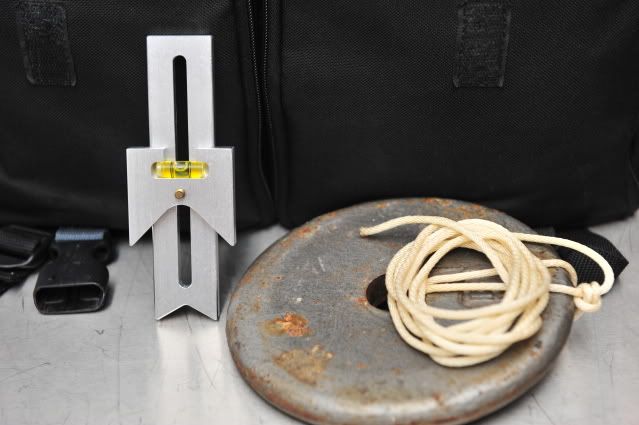Being a noob I'm sure this has been covered somewhere but I couldn't find anything after doing a search... I'm currently in the process of mounting a new scope to a DPMS SASS. The scope is in a Leupold Mark 4 mount. First thing, is that is seems to me that my Harris bi-pod isn't level from the beginning. It is mounted on the swivel stud but looks like the right leg sags just a little bit, maybe a quarter of an inch. I was wondering if this is a common thing or should I take the bi-pod back and get a new one? Also, how can you ever actually tell if the bi-pod will be level and even? Right now I am using a bullet level off of the front flat top gas block. I know this could be out of level as well but figured it's probely level from the factory. I have also checked with the level on the flat top revceiver as well and they are both reading the same. So, assuming the bi-pod was level and the gun sits level, how do you go about finding the exactly true on the scope? The scope has a bubble level on it but I think it may be off just a little bit as well. I have been using the level off of the adjustment knobs and was wondering if this was an accurrent or proper way to check? My plan was to level it that away and then re-set the bubble level so that they are both true. Can you ever mount and level a scope with just the upper by itself or should it always be mounted to the rifle in the manner it will most likely be sitting for shooting? Last thing, I seem to have some pretty good eyes especially when it comes to shapes and things being even and parralel so I was wondering if there are ever opticial illusions that are created when looking through the scope and it looking like the cross hairs aren't exactly perpindicular to the top of the receiver? Thanks a head of time for the input and responses to this little book! Thanks
Chris
Chris


















